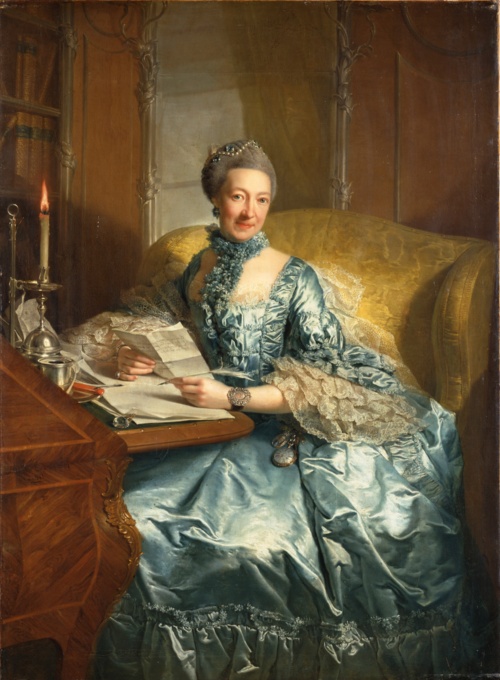The state inheritance agreement of 1755 (“Landesgrundgesetzlicher Erbvergleich”) established the rights and obligations of the knighthood and towns/cities and their relationship with the territorial lords. During the Seven Years‘ War (1757-1763) foreign troops moved through the state. Merchants and craftsmen came into payment difficulties due to the devaluation of coins.
From 1753 small landowners came to settle on free farmsteads. In 1793 there were 183 lords of the manor through birth, 117 new lords and 111 middle-class property owners. Farmers and merchants exported foodstuffs at high prices. There was a shortage of food in the state. Journeymen revolted. Businesses and warehouses were ransacked. The military ended all uprisings.
In Schwerin Duke Christian Ludwig II. gathered European art and brought leading artists to the court. Duke Frederick built Ludwiglust as a residence. The castle was completed in 1776. He was followed by Frederick Francis I. in 1785. Adolf Frederick IV. ruled in Neustrelitz from 1752-1794.
The number of Jewish families in Mecklenburg was established as 145 in 1755. The last trial against a “witch” was held in 1777.









